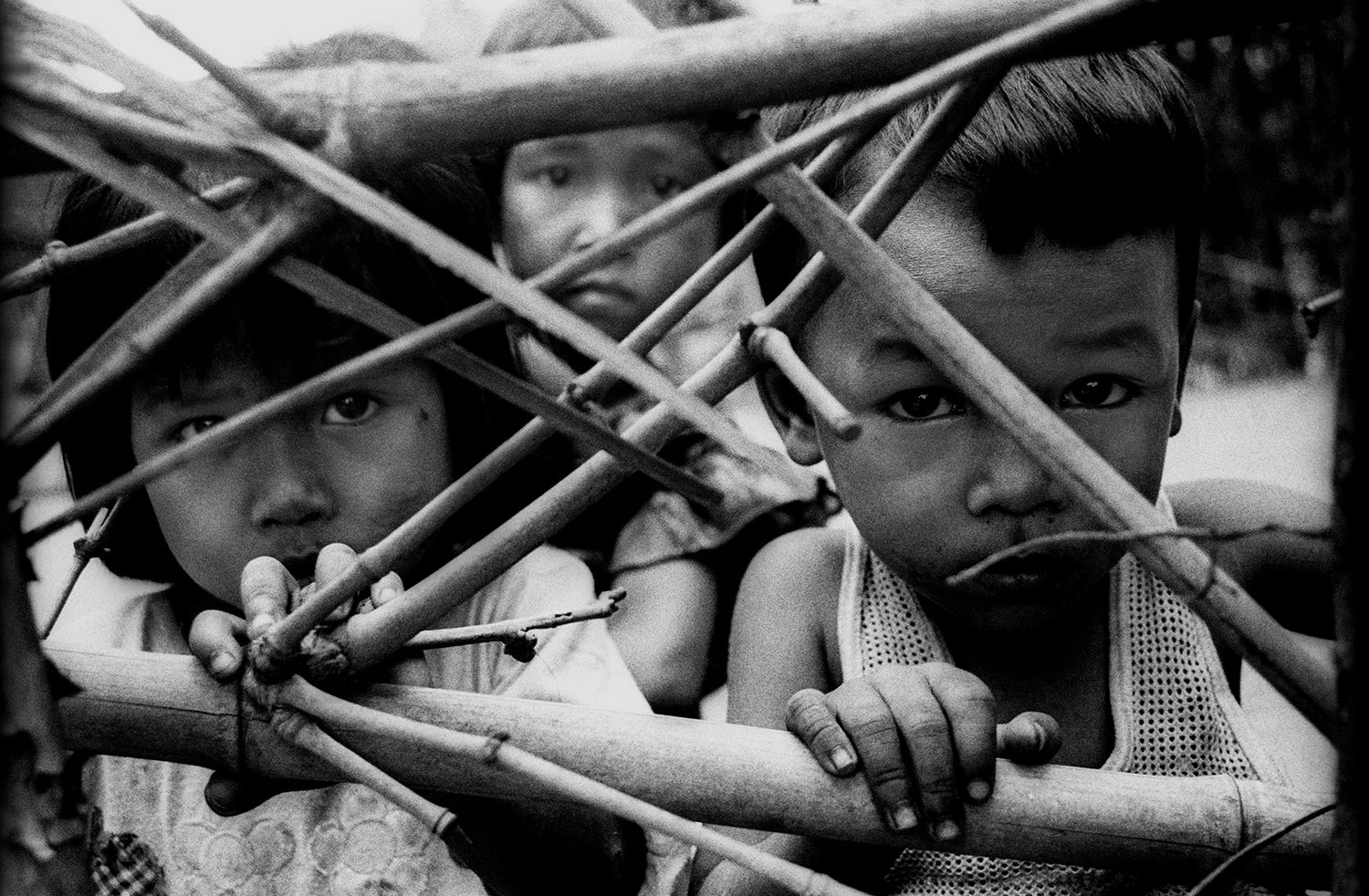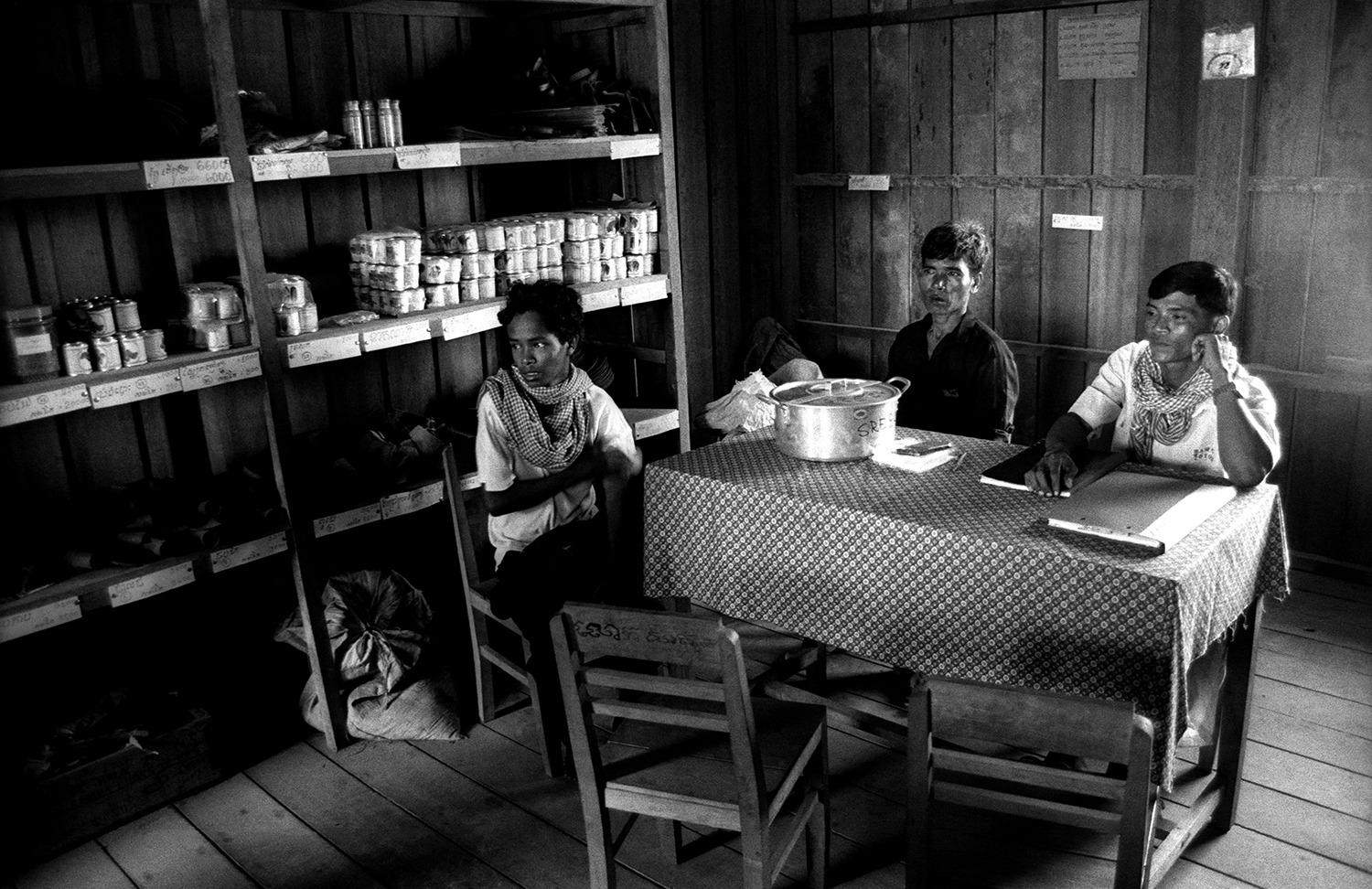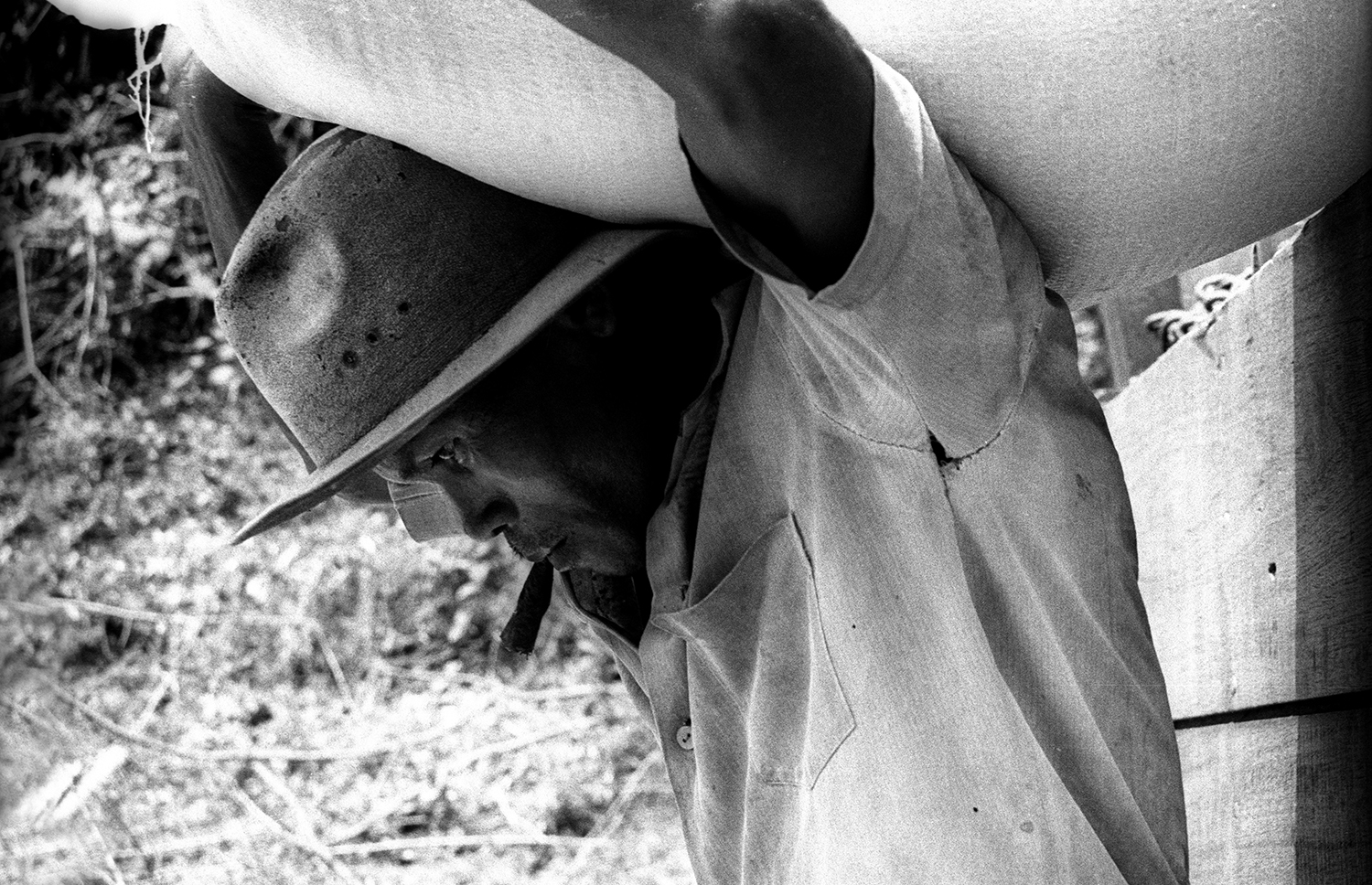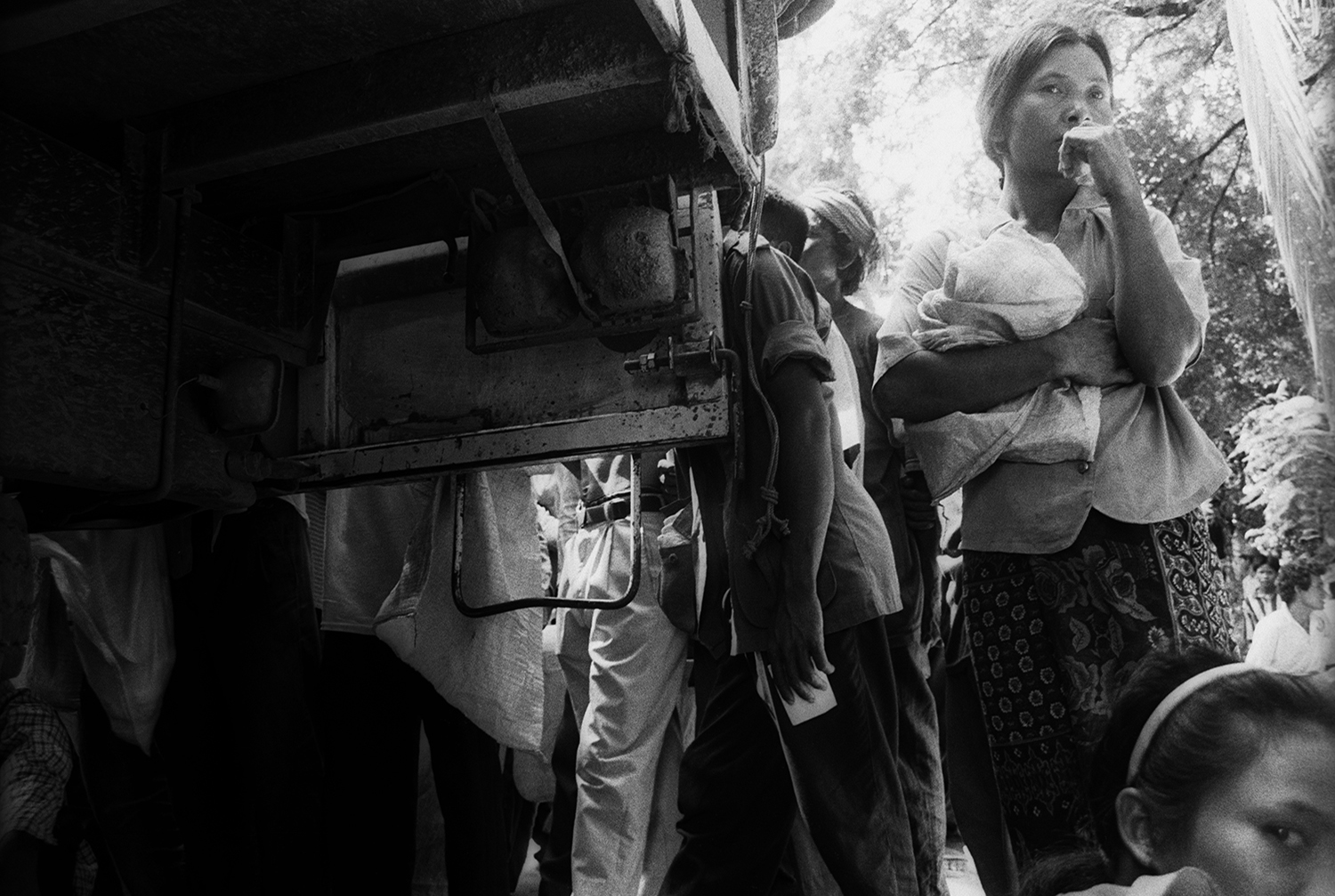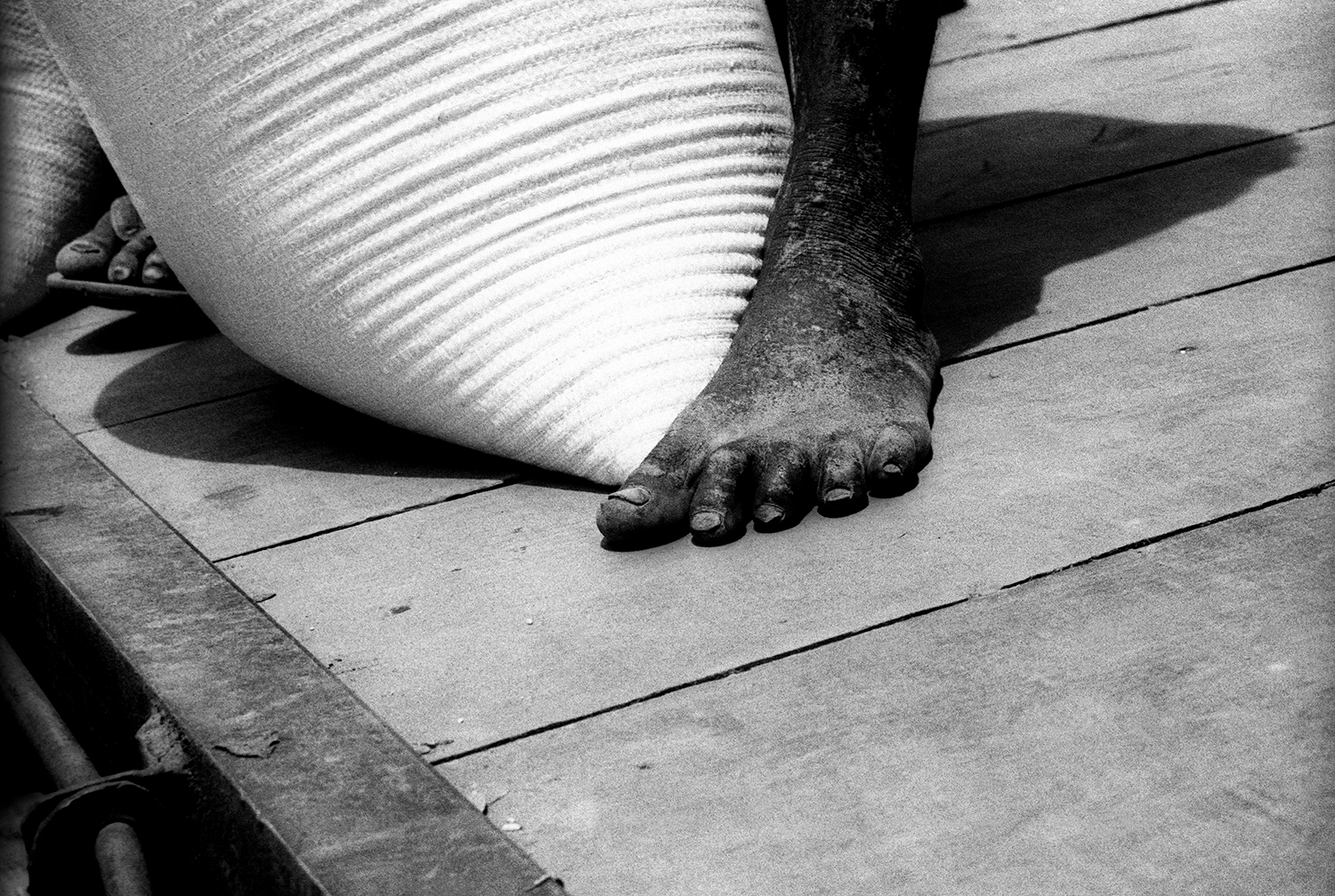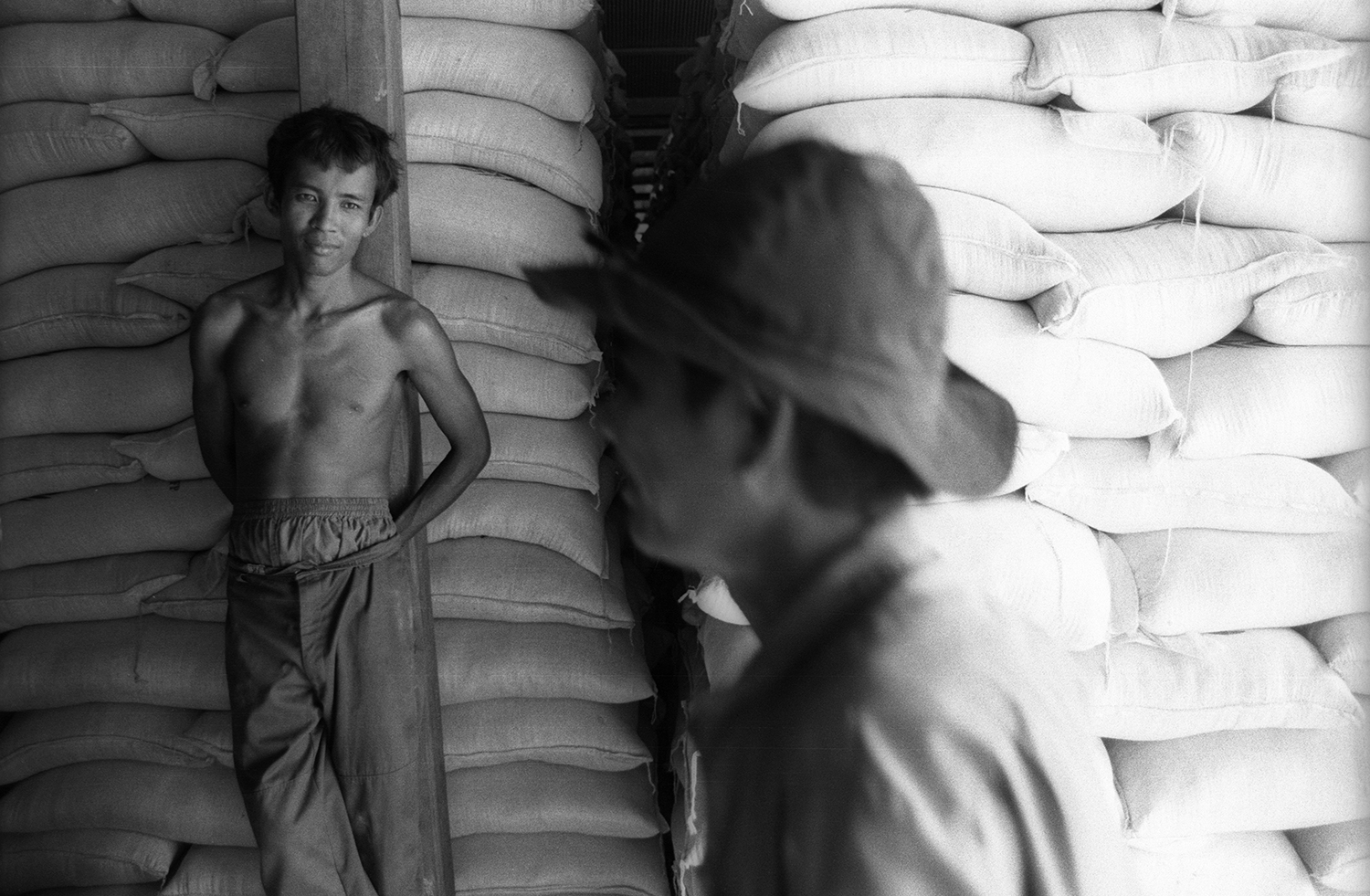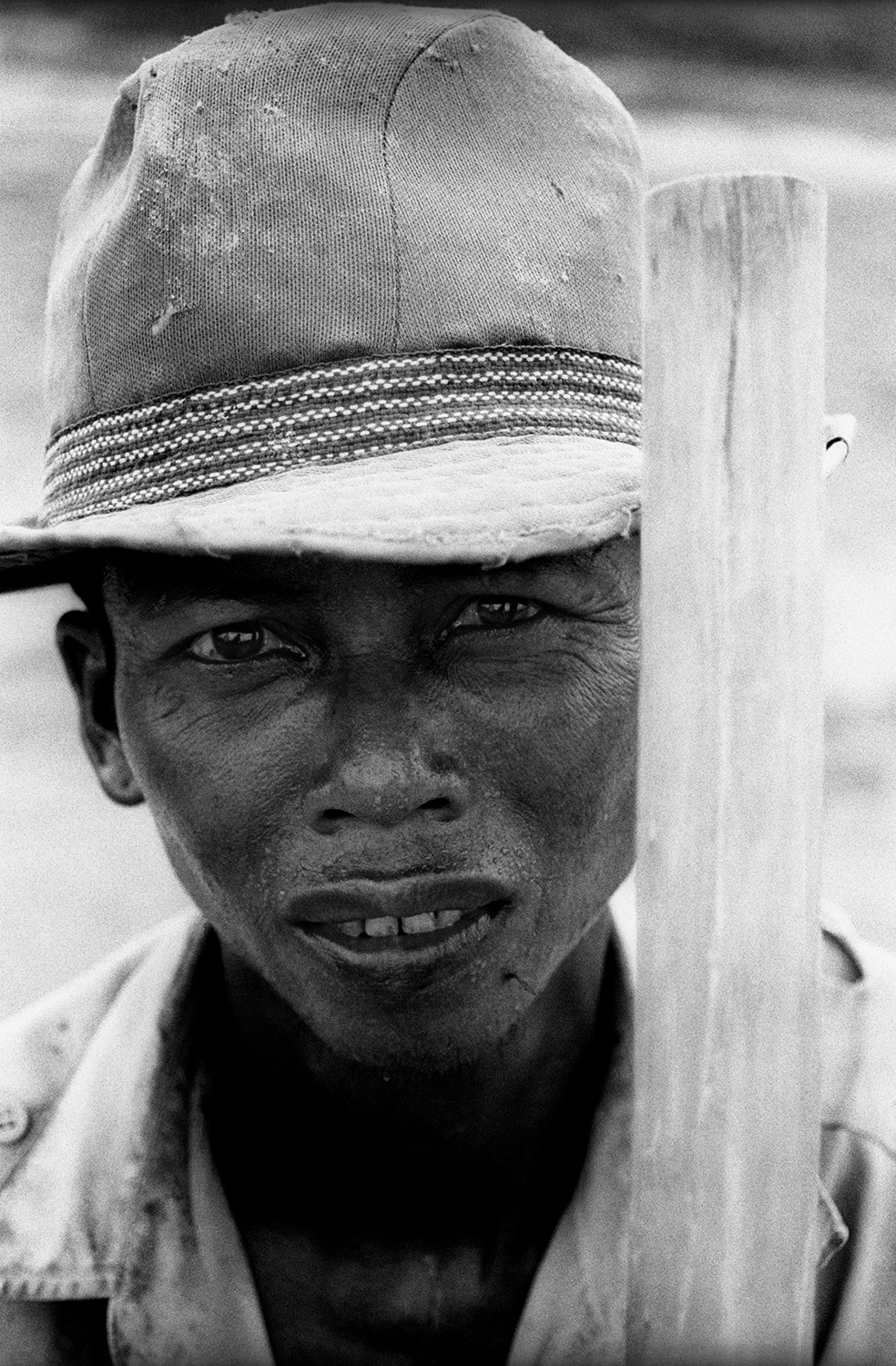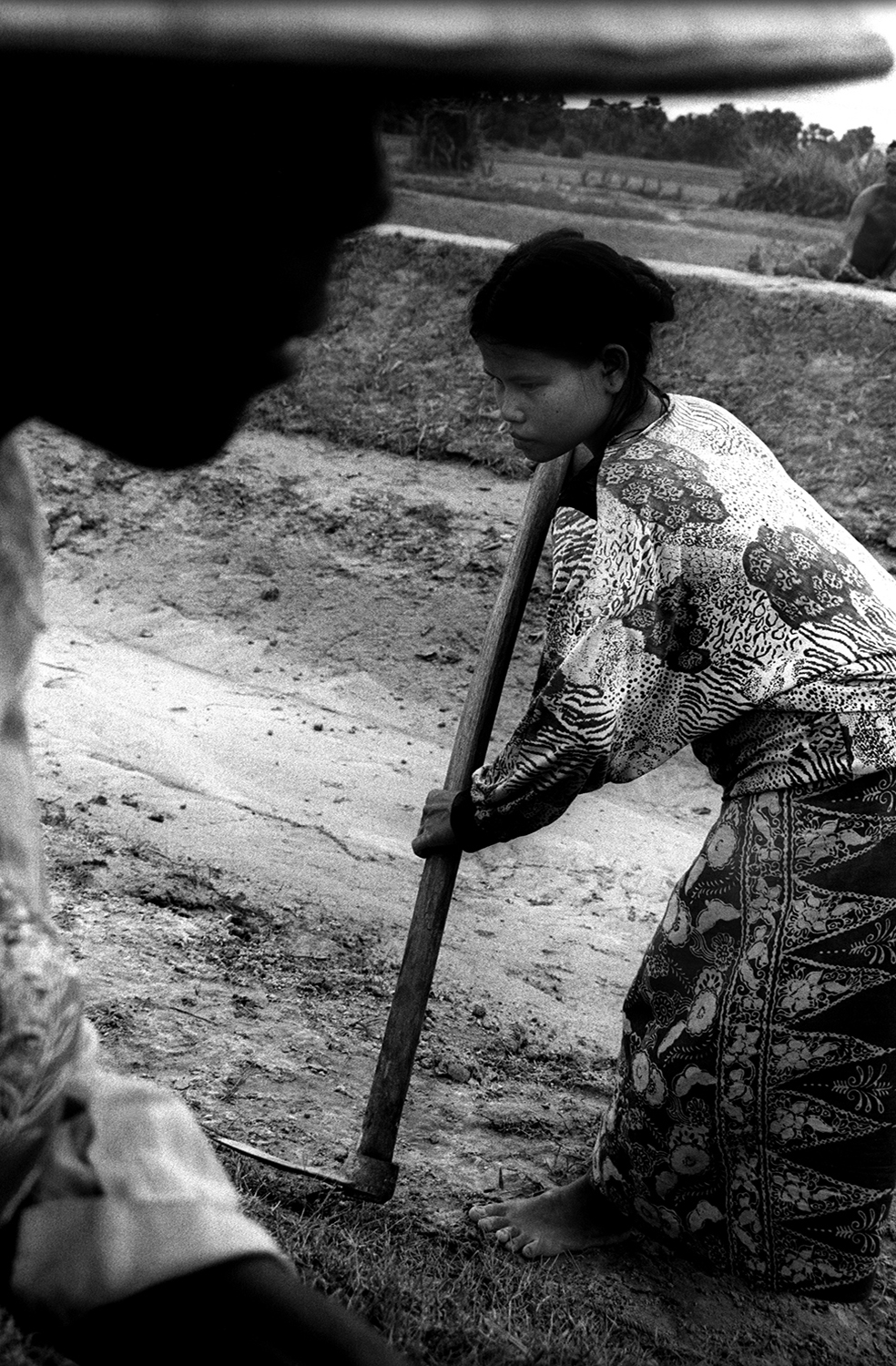Cambodia: Food Security. Since 2003, Cambodia’s population was primarily agricultural with 85 percent residing in rural areas. 36 percent of Cambodians live below the poverty line, of which 90 percent were rural agricultural labourers.
Due to lack of access to water, highly variable rainfall, poor soil fertility and low use of fertilizers, the nation’s rural poor were extremely vulnerable to food insecurity. As agricultural productivity continues to fall below Cambodia’s population growth, significant portions of Cambodians were unable to meet their basic food requirements.
Numerous international NGSs set up ‘Work for Food’ programmes whereby people who worked on the land would receive staple food supplies in return for their labour.
The following images are from my extensive travels around Cambodia, where I focused on water and agricultural projects, and food poverty.


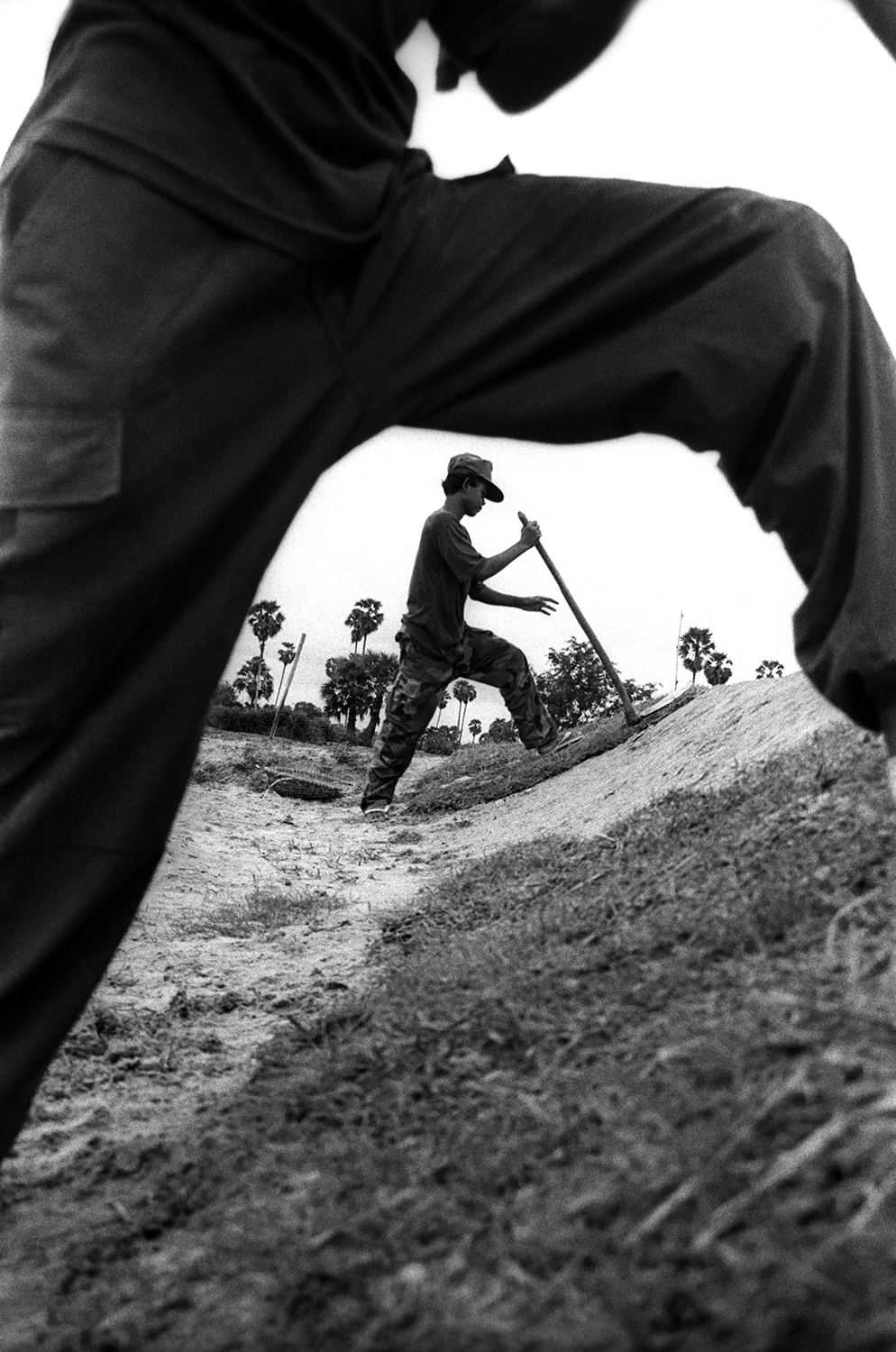
In Cambodia, the majority of the population lives in rural areas and depends heavily on agriculture for survival. Around 85% of Cambodians reside in the countryside, and 36% live below the poverty line—most of them agricultural labourers. For these communities, food security is a constant challenge. Limited access to reliable water sources, unpredictable rainfall, poor soil fertility, and minimal use of fertilisers mean that crop yields are often low.
This fragile agricultural base leaves the rural poor highly vulnerable. As productivity struggles to keep pace with population growth, many families are unable to meet their basic nutritional needs. Seasonal hunger is common, particularly during the “lean months” before harvest, when rice stocks run out and income sources are scarce.
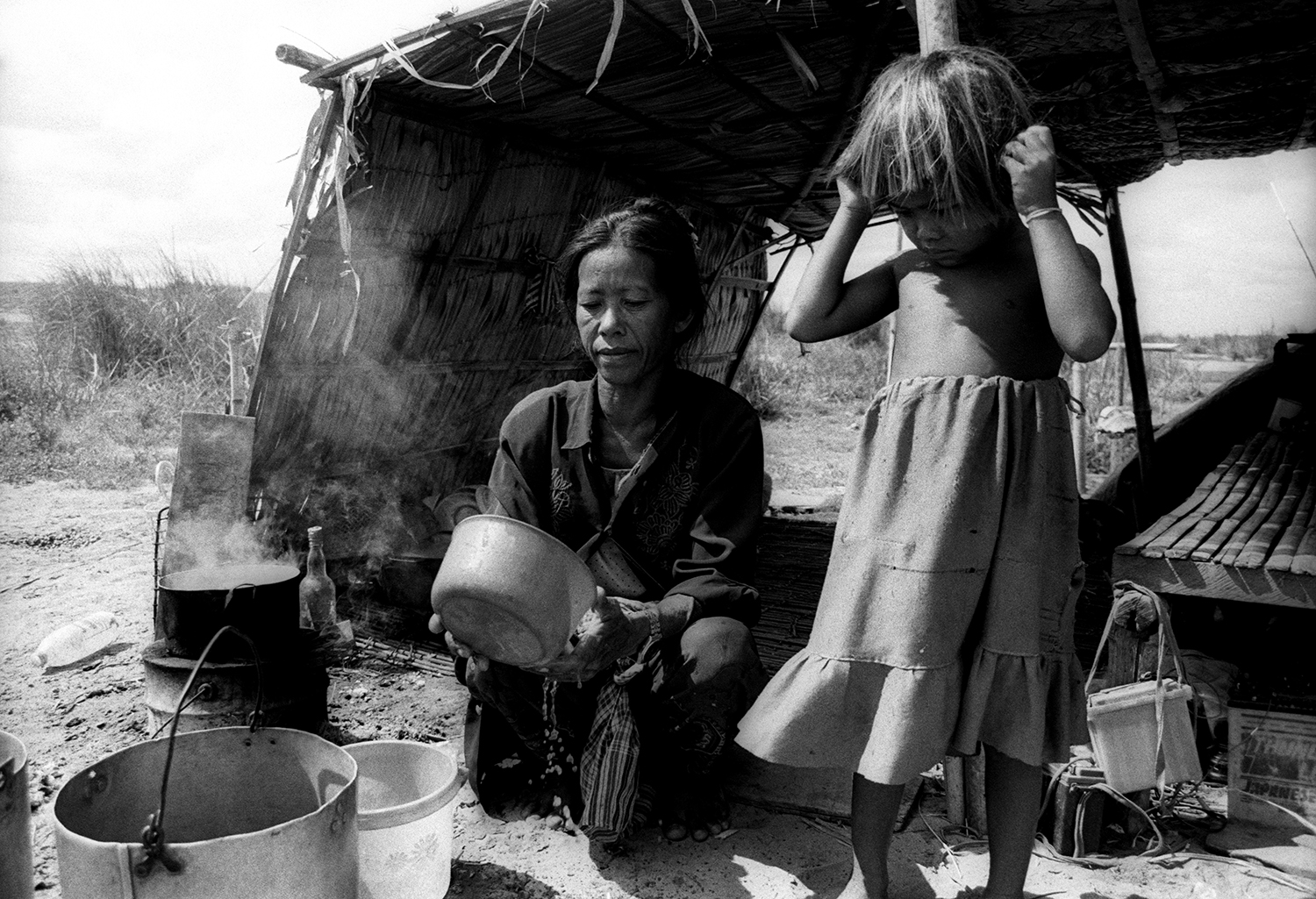



To address this, international NGOs have implemented “Work for Food” programmes. In these schemes, rural people receive staple food supplies—such as rice, oil, and beans—in exchange for labour on agricultural or infrastructure projects. Tasks might include repairing irrigation canals, planting community rice fields, or maintaining water storage facilities.
During my travels across Cambodia, I visited water and agricultural projects at the heart of these efforts. Each initiative represented both a lifeline against hunger and a step toward strengthening the country’s long-term food security.

